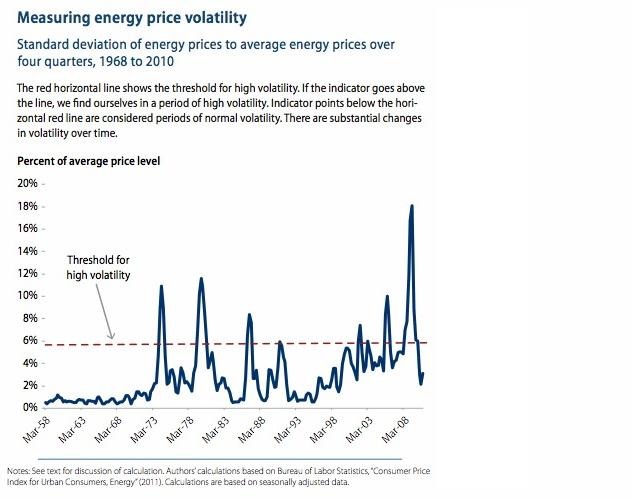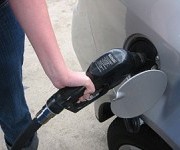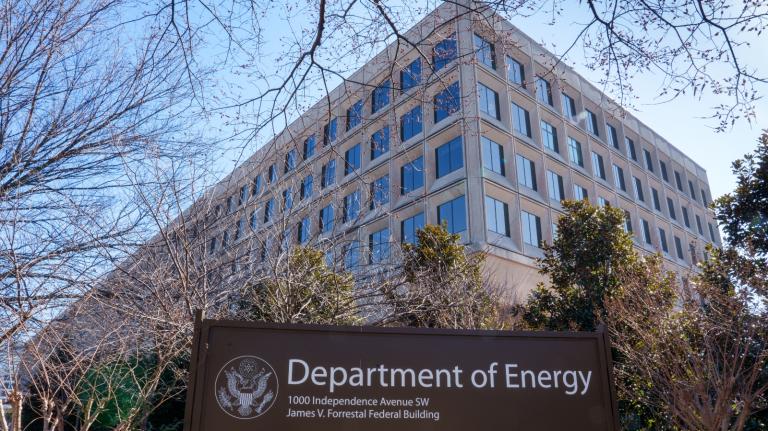Cross-posted from the Wonk Room.
The struggles of families and businesses over the past seven years are linked directly to high profits for oil companies due to high energy-price volatility. A new report [PDF] from the Center for American Progress (CAP) finds that families and businesses are exposed to massive price swings for the vast majority of their energy spending. CAP Senior Fellow Christian E. Weller and Special Assistant for Economic Policy Jaryn Fields explain that these large price swings for gasoline and other energy prices make it even more difficult for families, businesses, and ultimately the entire American economy to plan for the future:
Rising gasoline and energy prices should signal to families, businesses, and government policymakers that it is time to invest in energy efficiency and alternative energy sources. Higher gas and energy prices should lead to less demand and increased searches for alternatives. Yet the combination of high prices followed by increasing volatility quickly obscures these basic responses to higher prices.

This confusing energy-price dynamic makes it difficult for families to budget expenses, estimate commuting costs, and make the informed economic decisions that will impact their households, since families cannot really see where prices are heading amid the massive volatility. Many families consequently wait to buy a more fuel-efficient car, or move closer to public transit, among other things, until they get a better sense of where prices are really headed. Businesses will similarly delay energy-saving investments in more fuel-efficient car and truck fleets, as will state and local governments and the federal government. And both consumers and businesses hold off on other energy-saving investments such as energy-efficiency repairs or upgrades to homes, office buildings, and factories. The report’s authors find:
- Consumers delay purchasing a car after experiencing a period of high gasoline-price volatility.
- Families spend less on home improvements and home purchases following a period of high energy-price volatility.
- Businesses also reduce their investment spending after periods of high energy-price volatility.
- The oil industry, in comparison, profits from periods of high volatility.
The so-called profit rate (profits to assets) of the oil industry is significantly higher during times of high energy-price volatility, likely because the price spikes underlying increased volatility result in higher retail prices and more consumer spending, without an equal offsetting effect when prices go down again. The increased size of oil companies’ trading divisions may also play a role, as the companies are able to make profits through purely financial strategies that exploit volatility.
To rein in energy-price volatility, CAP recommends that we clean up commodity markets and end our dependence on volatile oil. Increased transparency and more regulatory oversight over key markets, where energy prices are determined, will cause speculators to have less influence over commodity prices. Enacting comprehensive energy and climate legislation that fosters more energy efficiency and more alternative sources of energy will make an even larger and sustained difference for families and business.



